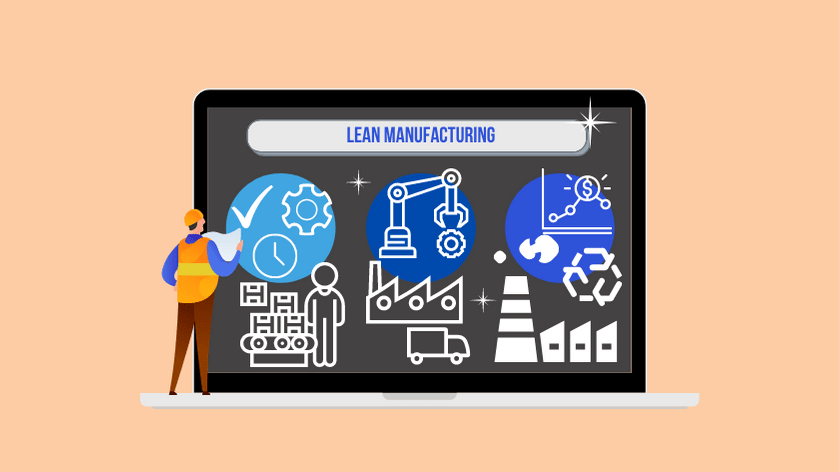The Feedback Revolution: Why Smart Forms Are Your Secret Weapon for Business Growth

Last month, I made a mistake that cost my company nearly $15,000.
I launched a product update without asking customers what they actually wanted. The result? A flood of complaints, refund requests, and a bruised ego that took weeks to recover from.
That painful experience taught me something invaluable: in business, assumptions are expensive, but feedback is priceless.
The Wake-Up Call That Changed Everything
Picture this:You’ve spent months perfecting what you think is the ideal solution for your customers. You’re confident, excited, and ready to wow the market.
Then reality hits like a cold shower.
The customers hate it. The features they wanted aren’t there. The problems you thought you were solving weren’t actually problems at all.
Sound familiar?
This scenario plays out in businesses every single day, and it’s completely preventable. The solution isn’t more market research or expensive consulting—it’s something much simpler and more powerful: strategic feedback collection.
Why Most Feedback Forms Fail Miserably
Here’s the uncomfortable truth about most feedback forms: they’re terrible.
I’ve filled out countless surveys that felt like punishment rather than opportunities for genuine communication. Twenty-minute questionnaires that ask irrelevant questions, confusing rating scales, and forms that disappear into the digital void without any acknowledgment.
The problem isn’t with feedback itself—it’s with how we collect it.
Smart businesses understand that feedback forms are conversations, not interrogations. They’re opportunities to build relationships, not just gather data points.
Take Airbnb’s customer satisfaction form as a perfect example. Instead of overwhelming users with dozens of questions, they focus on just a couple of key insights that actually matter to their business and their customers’ experience.
The result? Higher response rates, better quality data, and customers who actually feel heard.
The Eight Types That Actually Work
Not all feedback forms are created equal. Through trial and error (and plenty of mistakes), I’ve discovered that the most effective forms fall into specific categories:
Customer satisfaction forms are the foundation—they tell you if you’re meeting basic expectations.
Support feedback forms reveal whether your help desk is actually helping or just creating more frustration.
Employee feedback forms unlock insights that can transform your workplace culture. When combined with data from an employee monitoring platform, you get a complete picture of both productivity patterns and employee satisfaction levels.
Market research forms keep you connected to industry trends and customer preferences before your competitors figure them out.
Product feedback forms prevent expensive mistakes like the one I made—they tell you what customers actually want, not what you think they want.
Event feedback forms help you create better experiences that people actually want to attend.
Healthcare and educational forms serve specialized needs in industries where feedback can literally be life-changing.
The Personal Touch That Makes the Difference
Here’s what separates good feedback forms from great ones: personalization and genuine care.
The Controlio software I use for team management taught me an important lesson about data collection. It’s not about gathering more information—it’s about gathering the right information and actually doing something meaningful with it.
The best feedback forms feel like conversations with friends, not interrogations by strangers.
I learned this when redesigning our customer onboarding survey. Instead of asking generic questions about “satisfaction levels,” we started asking specific questions like, “What’s the one thing that would make this process easier for you?”
The responses transformed our entire approach. Customers gave us actionable insights we never would have discovered through traditional rating scales.
The Psychology Behind Response Rates
Want to know why some feedback forms get 80% response rates while others struggle to hit 8%?
It’s all about psychology and timing.
People are more likely to provide feedback when they feel their input will actually matter. This means being transparent about how you’ll use their responses and following up with changes they can see.
Timing matters enormously. Ask for feedback too early, and customers don’t have enough experience to give meaningful responses. Ask too late, and they’ve forgotten the details that matter.
Incentives work, but not the way most people think. Small, thoughtful rewards often outperform expensive prizes because they signal respect for the respondent’s time rather than desperation for responses.
The Technology That’s Changing Everything
Modern feedback tools have evolved far beyond basic survey builders. Interactive forms with smart logic can adapt based on previous answers, creating personalized experiences that feel more like conversations than questionnaires.
Features like conditional logic mean customers only see questions relevant to their situation. Visual elements and engaging interfaces keep people involved instead of clicking through mindlessly.
The Controlio app I mentioned earlier demonstrates this perfectly—instead of generic performance metrics, it provides contextual insights that help both managers and employees understand patterns and improve together.
Implementation Secrets That Actually Work
Here’s what I wish someone had told me years ago about implementing feedback systems:
Start small and iterate. Don’t try to capture everything in your first form. Focus on one or two key insights and build from there.
Test with real users before launching widely. What seems clear to you might be confusing to your customers.
Close the feedback loop. Always let people know how their input influenced your decisions. This turns one-time respondents into ongoing contributors.
Make it mobile-friendly. More than half of responses now come from mobile devices, so forms that don’t work seamlessly on phones are essentially broken.
The Bottom Line
Feedback forms aren’t just data collection tools—they’re relationship-building instruments that can transform how you understand and serve your customers.
The companies that win in today’s market aren’t necessarily the ones with the best products—they’re the ones who listen best and adapt fastest.
Every piece of feedback is a gift from someone who cares enough about your success to share their honest thoughts. The question is, are you ready to listen?
Start with one simple form focusing on one key question. The insights you gather might just prevent your next $15,000 mistake.
Ready to turn customer voices into your competitive advantage?
